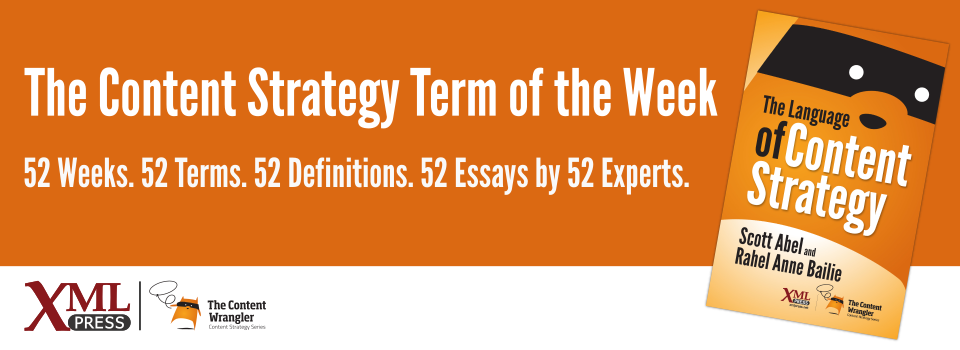What is it?
A summary or statement of your plan for a content project. For large projects, a content brief summarizes your plan for each project phase.
Why is it important?
By clearly answering key questions about your content, the content brief reduces the risk of content issues causing delays. The brief also makes communicating about content during the project faster, easier, and more effective.
Why does a content strategist need to know this?
Content strategists need this term and, more importantly, this tool so they can communicate effectively about content throughout a project or project phase. The content brief aligns everyone involved in content around the vision or goal and the approach to achieving it. As a project progresses, when questions arise, new people get involved, or your team must make decisions, the content brief will help everyone involved stay true to the content vision and approach.
Typically, the content brief answers the six W and H questions including (but not limited to):
-
What are we trying to achieve with content?
-
Why are we trying to achieve it—to meet what business or organizational purpose?
-
Who is our audience? Who will be involved in planning, creating, and maintaining content?
-
When will our audience need or expect content? When will we plan, create, and maintain content?
-
Where do our audiences need or expect content and in what formats?
-
How will we structure our content for our content management system?
Do not assume that a creative brief, a design brief, or a technology brief will cover content! Usually, those briefs leave content out or address only certain aspects of content. Content is critical to most projects, and content is often complex and involves many stakeholders. Therefore, content deserves its own brief.









